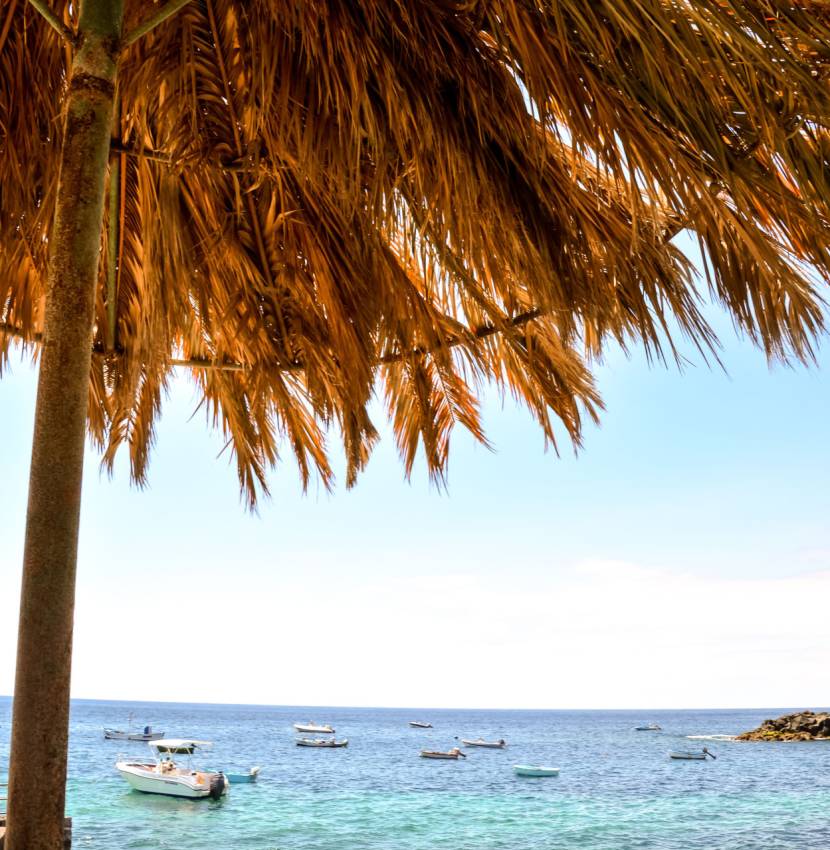More from La Palma
Main Menu
- 00:00
- 06:00
- 12:00
- 18:00
- 23:00
La Palma : Next 24-Hour Weather
Today - 30th December 2025
Sunrise 08:03
Sunset 18:24
Tomorrow - 31st December 2025
Sunrise 08:03
Sunset 18:24
Holiday Weather Now
Sorted by popularity:
Updated at 20:00 GMT
-
Temp feels like18°C65°F
-
Length of day10h 21m
-
Pressure30" (1021 hpa)
-
Visibility10 km (6miles)
-
Wind speed6 km/h
Sunrise 08:03
Sunset 18:24
-
Temp feels like:
18ºC (65 ºF)
-
Length of day:
10h 21m
-
Pressure:
30" (1021 hpa)
-
Visibility:
6 miles (10 km)
-
Wind speed:
6 km/h
Weather La Palma , Canary Islands
In comparison to Northern Europe La Palma has an excellent sunny climate with guarantees of always being in close proximity to a beach. La Palma is one of the most stunning and unspoiled locations of the five main Canary Islands, which is ideal for a relaxing holiday away from all the crowds. However, the island does tend to have fewer sunshine hours than what is experienced on islands such as Tenerife and Fuerteventura. The maximum amount of daily sunshine in La Palma throughout the year is on average just eight hours, occurring in July and August, with lows of five hours in November, December, and January. Climatic conditions are known to vary to quite an extent and also rapidly, as one part of the island can be grey and overcast, an area less than a mile away can be filled with hot sunshine.
Spring weather in La Palma
As the island is situated in the middle on the cool Canary current and the North East trade wind is present all year round, the island features two diverse climatic systems. The southern region of the island is typically hot and dry whereas in the north features abundant rainfall showing its beauty throughout unique plant life and vegetation. Even though throughout the peak of the its summer months the island remains very hot and dry, annual rainfall throughout La Palma is to some extent higher than what is experienced on other Canary Islands. Regardless, the totals throughout the year are generally minimal. The month with the highest amount of average rainfall is January with 70mm spread out over the course of eight days throughout the month. This average total quickly drops as the year goes on, reaching a low of just 10mm a month, for May through September. Rain is extremely rare in the summer months, before beginning to appear in the fall and winter, with totals of 40mm, 60mm, and 50mm in October, November, and December respectively.
Summer weather in La Palma
Throughout the coastal areas the weather is constant as temperatures will feature highs of 30ºC or higher due to the arrival of hot dried our air that blows in from the Sahara from June until August. Seas temperatures are also warm all year round with very light underwater currents, creating a safe destination for swimmers at any time of the years. As the altitude increases more inland the temperatures will noticeably drop, and especially during eruptions of cloud cover can at times feel quite chilly. Summer months however, take pleasure in a vast amount of sunshine with over ten hours of daily sunlight and evenings that stay pleasantly warm.
Autumn weather in La Palma
Throughout the autumn and winter months La Palma will receive five to seven hours of sunshine per day as temperatures will infrequently drop below 20ºC in the coastal regions. For those who enjoy more energetic lesuires such as climbing or hiking, La Palma is a popular destination, particularly throughout the cooler months. Because of its environmental construction, the island of La Palma features various microclimates. These are found particularly in the regions of higher altitude and volcanic regions where the weather is more variable throughout the winter.
Winter Weather in La Palma
Alike all of the Canary Islands, La Palma remains a perpetual favourite with tourists all year round due to its continuous warm climate and approving sunshine record. The average temperature doesn't go below 18°C (64°F) at any point in the year, and the coldest average low temperature is just 15°C (59°F). The island of La Palma takes pleasure in year round high climates, however with thanks to fresh Atlantic coastal breezes that are present at all times of the year, the heat is more bearable. The typical weather of La Palma is ideal for water sports and sunbathing, although the average sea temperature doesn't warm up until June. Despite relatively warm outside temperatures, the ocean temperature doesn't get above 15°C (59°F) for the first five months of the year. It warms quickly in July and August, reaching a peak average of 22°C (72°F), but then begins to decrease in September, before reaching 16°C (61°F) in November and eventually 14°C (57°F) in December.
Due to the incredibly stable climate of La Palma, the weather generally does not vary greatly from month to month or even season to season. Nowhere is this more evident than with the humidity levels seen throughout the year. They basically stay the same from January until December. The average humidity from January to May is 70%, while this total increases just 5% for the months of June through October (75%). Then again in November and December, the humidity levels return to what they were for the first half of the year, 70%. This is a relatively high total, especially since its constant, but the temperatures in La Palma are generally mild, even in the summer. This helps neutralize the effects of the humidity, making it comfortable and unnoticeable for much of the year. With a warm and comfortable climate throughout the entire year, it's easy to see why La Palma is a popular destination regardless of the time of year

















